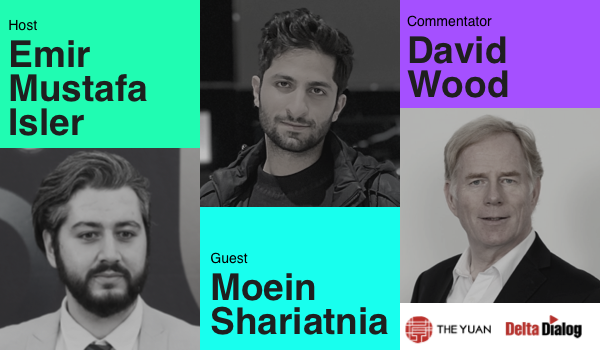
TEHRAN -
AI-driven Healthcare
In the realm of AI applied to medical applications, a transition has occurred from narrow AI models to the emergence of general multimodal deep learning models. This shift is characterized by the evolution from systems designed for singular tasks to more versatile models capable of processing and interpreting diverse types of data. Notably, narrow AI models are tailored for specific tasks, whereas general multimodal models specialize in processing various types of information concurrently, being advantageous in the complex field of medical imaging.
The progression from single-task models to multi-modal models in AI has been marked by a growing demand for comprehensive solutions in healthcare. This evolution is fueled by advancements in deep learning techniques, allowing AI systems to integrate information from different sources, such as images, text, and signals. This fusion of data types enables a more holistic understanding of medical scenarios, leading to improved diagnostics and treatment planning. Multimodal AI models have also entered a transformative era in the medical field, particularly in radiology. These models, equipped with the ability to process diverse data types simultaneously, contribute to enhanced image generation, reconstruction, and translation. For instance, generative models like diffusion models are gaining prominence over traditional approaches such as variational autoencoders (VAEs) and generative adversarial networks (GANs) due to their advantages in handling complex medical data and generating realistic outputs.
The impact of generative models, specifically diffusion models, extends to various tasks in radiology, playing a pivotal role in image generation and reconstruction. These models leverage the diffusion process to generate high-quality and realistic medical images, addressing challenges associated with traditional generative models. Their ability to capture details in medical data positions diffusion models as valuable tools in advancing image-based tasks critical for accurate diagnosis and treatment planning.
What’s in it for me? / Why should I care?
Image-to-image translation, facilitated by generative models, is revolutionizing medical imaging modalities. This application allows the conversion of images from one modality to another, providing valuable insights for clinicians. The benefits extend to patients through improved diagnostic accuracy and reduced reliance on invasive procedures. However, the deployment of deep generative models in medicine is not without challenges, with the phenomenon of "hallucination" presenting a notable hurdle. Hallucination refers to the generation of artifacts or false features in generated images, posing a risk to the reliability of AI-driven medical insights and emphasizing the need for ongoing refinement in these powerful technologies.
Further Reading:- Medical field takes first steps toward tackling ‘hallucination’ by LLMs
- AI healthcare research is prone to numerous flaws, pitfalls
- Google’s AI will help the world by detecting diabetic retinopathy





 352 views
352 views







